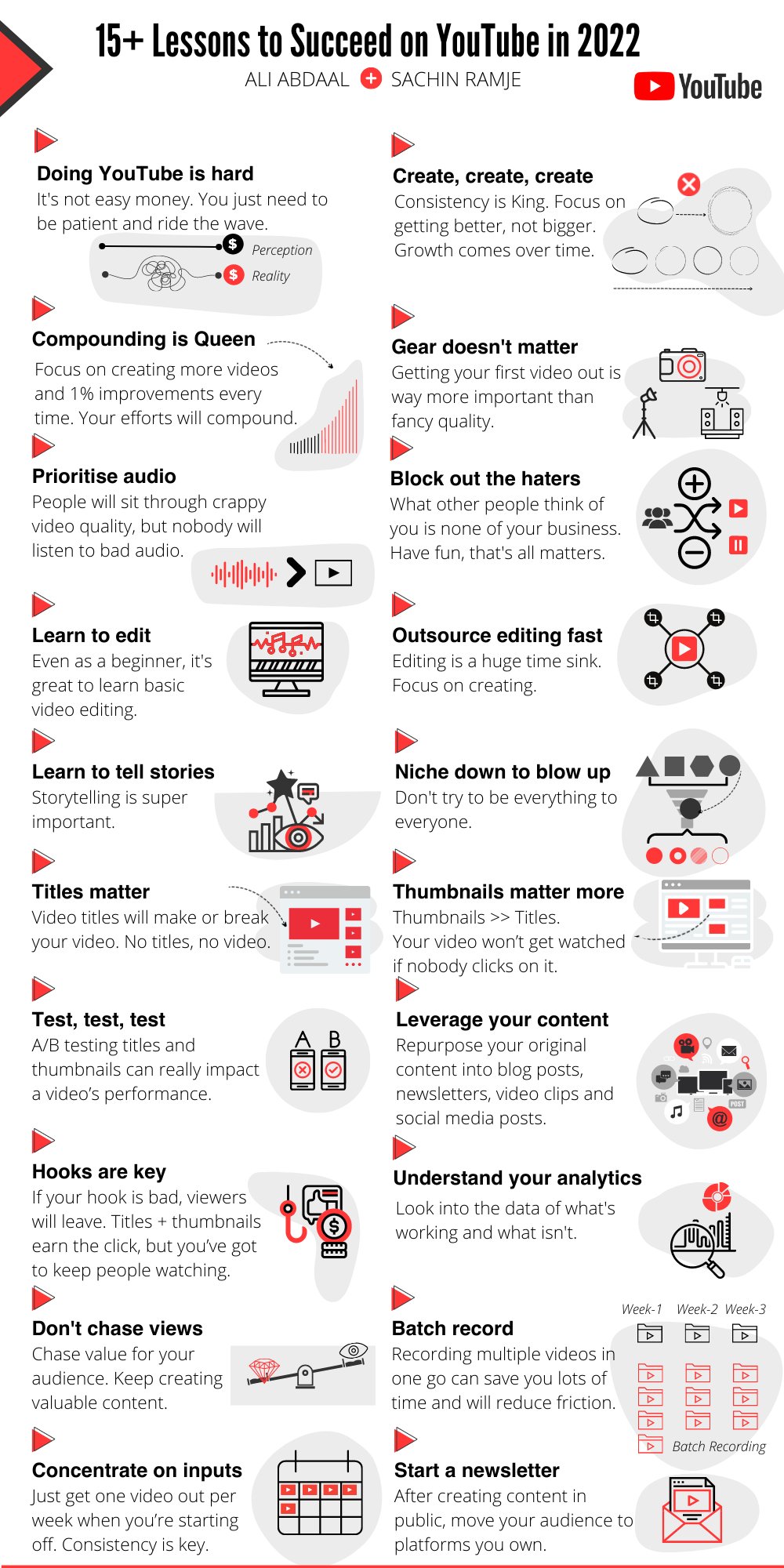Thanks to our sponsors for keeping this newsletter free for all of you! Check them out :)
Brought to you by Positional.com, the modern toolset for content and SEO teams.
Founders Nate & Matt are 2x Y Combinator alum. They’ve scaled SEO to many millions of visitors in the most competitive industries. They’re building the SEO platform they’ve always wanted with tools for content optimization, internal linking at scale, and even detecting AI-generated content.
Sign-up for Positional’s private beta! (DC readers using this link will get on a priority waitlist.)
And by Ignite Digital. There are 8.5 billion searches per day on Google.
Are you ranking how you want to be? Ignite Digital's expertise will help elevate your brand's presence on Google Search. Gain new website visitors—and leads—with their proven strategies. See how you stack up against competitors with their Complimentary Competitive Analysis. |
Want to be featured in front of 78,000 founders and marketers? Learn more here. |
Hello and welcome to all you growth-loving founders and marketers.
This week we talk about leveraging the Unity Principle to build affinity, improving paid survey responses, and Ali Abdaal's lessons for success on YouTube.
Let's dive in 🤿
– Neal |
|
|
1. Leverage the Unity Principle
Insights derived from Pre-suasion by Robert Cialdini. We're naturally attracted to and influenced by people who are similar to us, or a have a shared identity that we value. For example, if I meet someone online who is from my hometown in Canada, or is from Ireland (because I have an Irish passport), or went through YC, or studied at the same university, or has an aussie shepherd—it immediately makes me feel closer to them. This phenomenon is called the Unity Principle. Here are four ways to leverage it: #1. Share personal stories to build affinity
The founder of a fitness startup can share a personal story of struggling with their weight.
The personal story creates a sense of shared identity (past struggle with weight). Other people with similar weight control issues can see themselves in the founder's story, feel a sense of unity, and are therefore more likely to trust the exercise program and sign up for it.
Just make sure the story is true. #2. Highlight a cause you care about Patagonia talks a lot about their cultural values like environmental activism, transparency, and community: |
If you value those things too, you're more likely to purchase a Patagonia jacket instead of a North Face jacket because you feel a sense of kinship with the brand. #3. Loyalty programs or "group name" Raise up and label your best customers with loyalty programs and special perks. Even better if you give members a special name. Like how Lady Gaga fans are called Little Monsters, or how Ship30for30 cohort members are called "shippers." If you give people a label they'll feel more connected to each other—and to you.
#4. Lean into geographical/cultural unity Ryan Reynolds goes by the handle VancityReynolds on social media. "Vancity" is the nickname for Vancouver. I'm confident that due to this, Vancouverites (and Canadians broadly) have a stronger affinity for him because he proudly wears his Vancouver-ness. An easy way to get millions of people on his side without upsetting anyone in the process.
To learn more about the Unity Principle and more pre-suasive techniques, Katelyn Bourgoin created a great free, email course on how to Pre-sell with Pre-suasion.
|
2. Skill test people to improve paid survey responses Insight from Bell Curve. We recently ran a market research survey for one of our clients.
We used Survey Monkey to pay for respondents from their network, who were selected based on specific demographic (age, location) and firmographic (job) criteria, given the client's limited existing audience. Honestly, the answers were pretty bad—most were unusable.
This outcome isn't entirely surprising, given that survey participants are typically paid per completed survey—they're incentivized to race through them as quickly as possible. Same goes for incentivizing people with $25 Amazon gift cards
To address the issue, we decided to do something unusual: We added a skill testing math question at the beginning of the survey. Nothing hard, just simple addition of two 2-digit numbers.
As we expected, this caused a huge drop-off at the start. But the quality of the remaining responses improved dramatically – they were well-thought-out and highly useful. The working theory is that the question: - Weeded out those only interested in answering as fast as possible, or
Forced participants to briefly pause and reflect, setting a more thoughtful tone for the rest of the survey.
Either way, it significantly improved the results of the survey.
If you run incentivized surveys, consider adding some mental friction to the process. |
3. Ali's YouTube cheatsheet
Insights from Ali Abdaal and illustration by Sachin Ramje. YouTube is arguably the best social channel to grow a presence on. It's massive, it builds a ton of affinity, you generate ad revenue, and videos can get views for years (unlike a tweet).
If you don't know Ali Abdaal, he has over 4.5M subscribers on YouTube—and generated $4.6M in revenue and $2M in profit in 2022. One of the main ways he's generated that revenue is by teaching people to grow on YouTube, here are his top 15 lessons after 6 years posting regularly: |
|
|
News you can use:
Twitter X: Elon plans to link business verification to ad spend; after August 7th, brands must spend at least $1k/mo in ads to keep their gold checkmark. In other X news, Tweets are now called Posts?
Threads rolled out several new features like personalized feeds, post translations, and notification filters. However, since its early July launch, user engagement has unfortunately dropped by 70% 😿
TikTok announced a new option to share Text Posts on Feed and Stories. Whether this is meant to be a new Threads/X competitor or TikTok’s version of Type Mode in IG Stories is TBD.
Instagram is experimenting with a range of AI tools including stickers, video editing tools, chatbots, and more.
Community we recommend: Exit Five
Exit Five is the leading community for B2B marketing pros. Whether you're new to B2B marketing and want to get smarter about the ins and outs or a seasoned pro looking for a peer group online, Exit Five is the place to be.
Ask questions, get feedback, watch videos, get templates, flip through a swipe file of marketing examples, and join members-only calls and AMAs. No one goes to school for B2B marketing but you can learn it in Exit Five.
Join 3,500 members today and start with a 7 day free trial to poke around and make sure it's right for you.
*Sponsored by Exit Five |
|
| What did you think of this week's newsletter?
😍 Loved it | 😄 Great | 🙂 Good | 🤷♀️ Meh | 🤬 Bad
If you enjoyed this, please consider sharing it with a friend. These newsletters take hours to make each week, so it really helps when you share us with fellow founders and marketers.
Who's Demand Curve?
We’re on a mission to help make it easier to start, build, and grow companies. We share high-quality, vetted, and actionable growth content as we learn it from the top 1% of marketers. We democratize senior growth knowledge. How we can help you grow: -
Read our free playbooks, blog articles, and teardowns—we break down the strategies and tactics that fast-growing startups use to grow.
- Enroll in the Growth Program, our marketing course that has helped 1,000+ founders get traction and scale revenue.
Check out our Sprints: short video courses that are laser-focused on a topic in growth.
Want to build an audience of buyers? Join the waitlist for the Un-ignorable Challenge. -
Are you a funded startup looking to grow? Our agency, Bell Curve, can be your strategic growth partner.
Get your product in front of startup founders by sponsoring this newsletter.
See you next week.
— Neal, Grace, Joyce, Dennis, and the DC team. |
|
|
© 2023 Demand Curve, Inc. All rights reserved. 4460 Redwood Hwy, Suite 16-535, San Rafael, California, United States
Unsubscribe from all emails, including the newsletter, or manage subscription preferences. |
|
|
|







